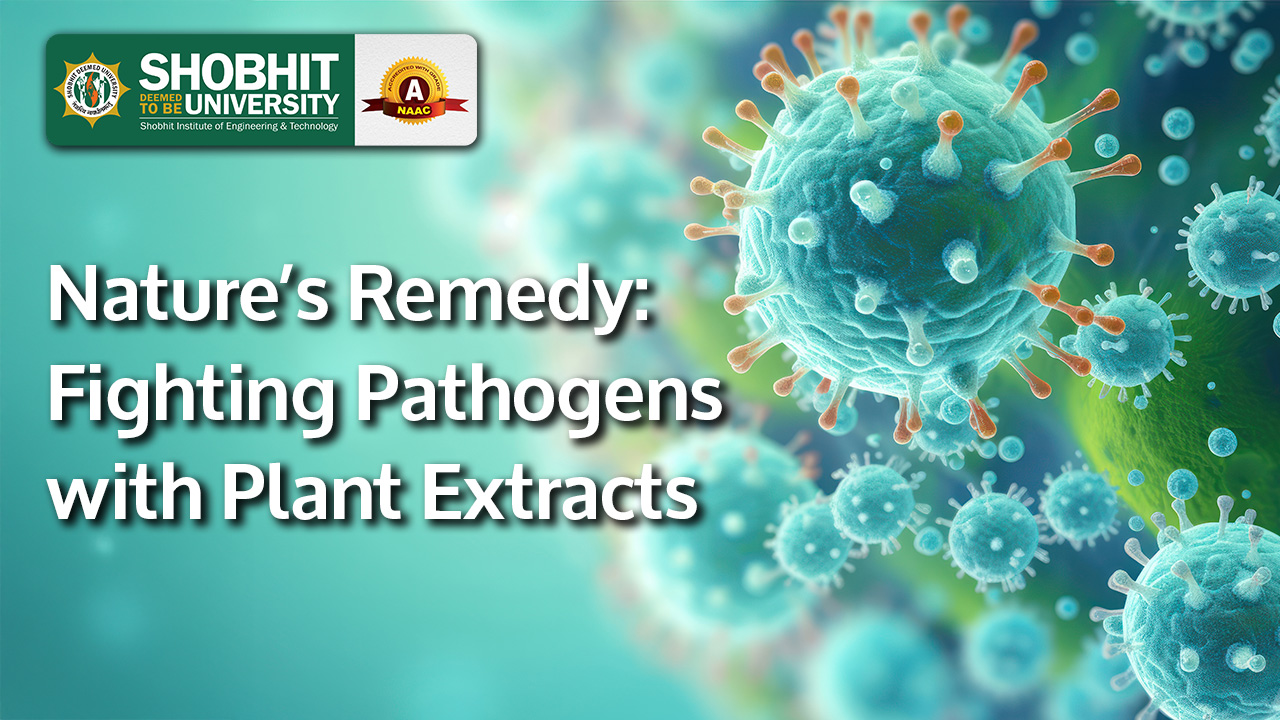
Nature’s Remedy: Fighting Pathogens with Plant Extracts
Plants produce many natural chemicals called secondary metabolites, such as polyphenols, terpenes, alkaloids, tannins, flavonoids, coumarins, and peptides. These substances help protect plants from germs. They also help humans because they can fight bacteria, fungi, and viruses. Studies show that two groups—polyphenols and terpenes—can break down the membranes of microbes. When they do this, the microbe’s protective barrier becomes leaky, spilling out important parts like ATP and ions. This leakage kills the microbe.
For example, thymol and eugenol, which are types of terpenes, can mix into bacterial membranes. This makes the membrane more open, lowers the electric charge across it, and drains the cell’s energy, killing it. Flavonoids such as naringenin, apigenin, and quercetin do more than that—they change how the membrane works and can also attach to DNA enzymes inside bacteria, stopping them from growing or copying DNA.
How Plant Extracts Kill Microbes
Polyphenols and Terpenes in Microbial Defense
These compounds damage microbial membranes, making them leaky and leading to cell death.
Flavonoids and Their Antibacterial Action
Flavonoids disrupt membranes and target DNA enzymes, preventing bacterial growth and replication.
Breaking Biofilms with Plant Compounds
Besides harming membranes, these plant chemicals can prevent small groups of bacteria, called biofilms, from forming. Bacteria in biofilms are much harder to treat.
Plant Compounds That Disrupt Biofilms
Some plant chemicals, like cinnamaldehyde, eugenol, thymol, carvacrol, berberine, ajoene, and taxifolin, can break apart or stop these biofilms. They do this by stopping bacteria from talking to each other (known as quorum sensing) and by making the biofilm structure weak.
Substances like quercetin block these communication signals, making the bacteria less dangerous. Flavonoids also damage the sticky matrix that holds biofilms together, which breaks up biofilms of germs like Pseudomonas aeruginosa, Klebsiella pneumoniae, and Staphylococcus aureus.
Boosting Antibiotic Power Naturally
Enhancing Drug Effectiveness with Plant Extracts
Another important benefit of these plant compounds is their ability to boost antibiotic power. Some make antibiotics work better by stopping bacteria from pumping the drug out (efflux pumps) or by turning off resistance enzymes.
A great example is pomegranate rind extract. When used with ciprofloxacin, it lowered the amount of antibiotic needed to kill Klebsiella pneumoniae by 34 times. Alkaloids like baicalin and chemicals like epicatechin gallate also help drugs get into bacteria by blocking pumps. This combination—harming membranes, stopping biofilms, and helping antibiotics—makes it very hard for bacteria to resist.
Applications of Plant-Based Antimicrobials
Medical Applications
Ointments, creams, or gels made from plant extracts can treat wounds or infections.
Food Industry Uses
Essential oils from herbs like oregano, thyme, and cinnamon are used to keep food from going bad and to kill germs.
Agricultural Benefits
In farming, plant extracts serve as natural fungicides and cleaners.
Scientists are also exploring new technologies like packaging plant chemicals in nanoparticles to make them more stable, more available to the body, and stronger against germs.
Challenges in Using Plant Extracts
Stability and Absorption Challenges
The chemicals in plant extracts can change a lot depending on where the plant was grown, how it’s harvested, and how the extract was made. This causes inconsistent effects. Many of these chemicals don’t dissolve well in water or get absorbed easily in the body and are broken down quickly, which limits how well they work in people.
Regulatory and Safety Hurdles
To use them as medicines or food preservatives, we need strong safety testing, studies of how the body handles them, and approvals from regulators—which take time and money.
